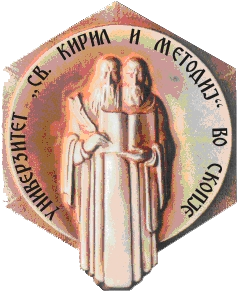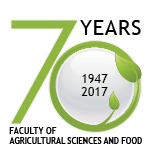VOL 69_2016/099
INVESTIGATION ON SOME MORPHOLOGICAL AND BIOLOGICAL CHARACTERISTICS OF EINKORN WHEAT (T. MONOCOCCUM L.) DEPENDING ON NITROGEN FERTILIZATION
H. Kirchev*, N. Semkova
Faculty of Agronomy, Agricultural University, Plovdiv, Bulgaria
*corresponding author: hristofor_kirchev@abv.bg
Abstract The aim of this study is to investigate some quantitative and qualitative indicators of einkorn wheat
(T. monococcum L.). A three-year field experiment has been carried out at the experimental field of Department of Crop Science in Agricultural University - Plovdiv. To compare the performance, Sadovo1 common wheat (T. aestivum L.) is used as a standard. Both wheat species have been grown on two nitrogen fertilization levels – 80 and 160 kg.ha-1 nitrogen. Phenological development of the plants was recorded at the onset of the main phenophase. Inter-phase period has been calculated
(number of days). Grain yield (t ha-1) is accounted indirectly by ¼ m2 plot. The main structural elements of plants have been established. It has been found that phenological development stage of tillering occurs at the same time for both wheat species. Following the start of spring vegetation, common wheat enters a phase earlier than the einkorn. Common wheat is a high-yielding einkorn, that puts both proven wheat varieties in different groups. Einkorn has high tiller appearance but it has a low productive tillering than common wheat. Einkorn form lower grain in the spike and lighter grain per spike. Nitrogen fertilization significantly increased harvested grain in common wheat. In einkorn it has no significant impact on yield.
Key words: einkorn, wheat, yield, nitrogen fertilization.
Languages:
Pages:



